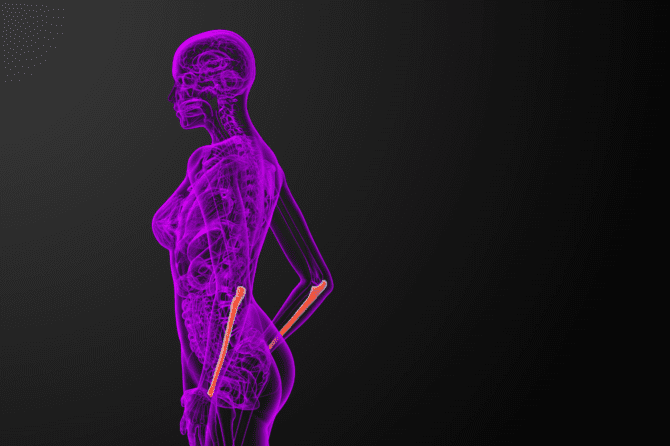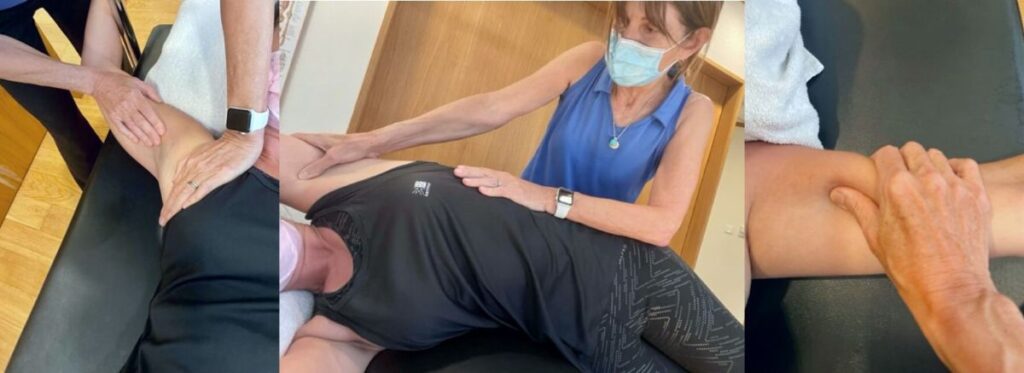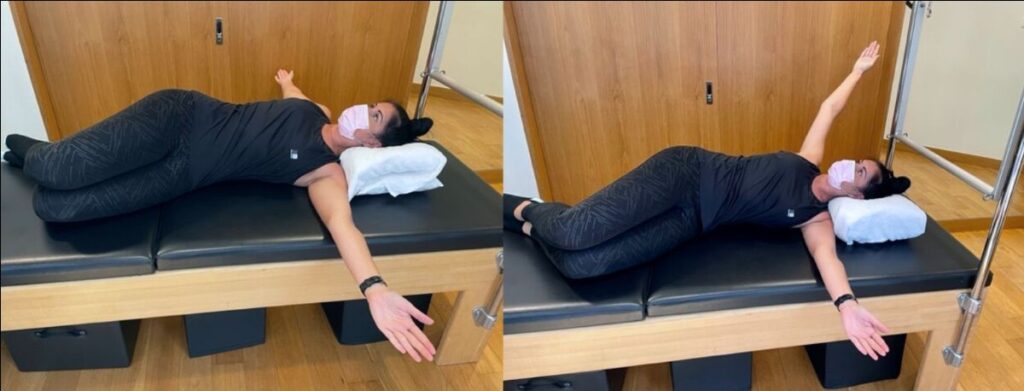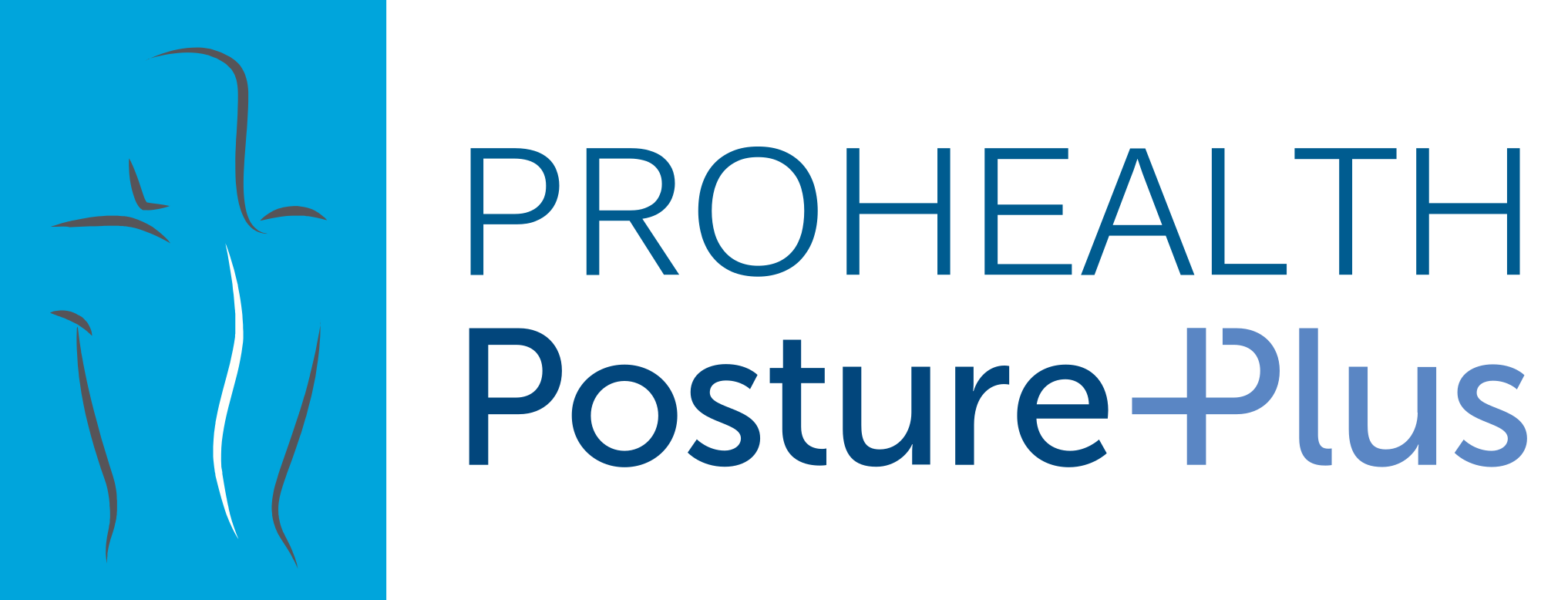
Axillary Web Syndrome (Cording) and Lymphedema
The Lymphatic System- What Does It Consist of?
Bone marrow, the tonsils, the spleen, the appendix and other lymphatic organs are found throughout the body. They are connected by lymphatic vessels which are similar to veins in that they have valves which ensure lymph moves in a unilateral direction back to the heart. The contraction of nearby muscles also help move the lymph along.
Lymphatic vessels are connected to lymph nodes which are kidney-shaped nodules that vary in size and tend to be densely located in areas vulnerable to viruses and bacteria. There are over 600 in the body and are found in clusters in the neck, armpit and groin.
Why is the Lymphatic System So Important?
1. Mopping up Job
Fluid constantly leaks from arterial small blood vessels into the tissues. The lymphatic vessels collect the fluid which has not been returned to the venous system and transport it up the body to return it to the heart. Without this very important mopping up process fluid (oedema) collects in the tissues, particularly in the legs and arms.
2. It’s the Immune System
Lymph nodes trap foreign invaders, such as tumour cells, bacteria and viruses. Lymphocytes and other killer cells found in these nodes have the job of destroying or consuming these invading organisms.
What is Axillary Web Syndrome (Cording)?
Cording is a post-operative complication which may occur after axillary (armpit) lymph node removal. Lymph nodes are removed in order to see if cancer has spread to them. The more lymph nodes that are removed, the more likely it is to occur. Studies have shown that over 85% of patients could be affected after lymph node removal.

What Are the Signs and Symptoms?
Common signs and symptoms include: tightness, pain, tenderness and restriction of range of movement anywhere along the pathway of the lymph vessels, including occasionally the ribs. Lifting the arm can be tight and painful and a cord-like structure can be seen along part or the whole of the arm, ending in the armpit.
Why Does It Happen?
It is thought that removing the lymph nodes disrupts lymph flow in the vessels, which in turn leads to inflammation and then fibrosis (scarring). When the vessels try to regenerate they become attached to the tissues and form a cord.
How Do We Treat It?
Physiotherapy and Clinical Massage therapy are the accepted treatments for axillary web syndrome. Treatment may include specific stretches, combined with massage and myofascial release techniques which help to stretch and release the cord.
Rehabilitation Pilates exercises under the supervision of a Physiotherapist and simple movements such as the “open book stretch” and arm circles may be helpful. Occasionally a ‘pop’ or ‘ping’ can be felt while stretching, this is normal, simply the release of the tethered band of tissue. General exercise such as swimming has also been reported to be helpful.


How Does Treatment for Breast Cancer Cause Lymphedema (Fluid Retention)?
Nowadays surgeons try to reduce the likelihood of lymphedema developing by removing only the “sentinel’ lymph nodes for biopsy. These are the lymph nodes which are first in line if cells from the tumour migrate to other parts of the body. Mastectomy, radiation treatment, axillary lymph node removal and even sentinel lymph node removal can all reduce the effectiveness of the lymphatic system leading to excessive fluid retention in the arm.
How Will I Know If I Have Lymphedema?
Minimal lymphedema is not very obvious to the naked eye, but you may feel heaviness or tightness in the arm. If the oedema is severe your arm will be obviously swollen. It can get worse if not dealt with, so it is important to go for a specific test such as a lymphedema index test (L-Dex ) so that the appropriate treatment can be instigated quickly.

What Treatment Is Available?
Depending on the severity, compression bandages and lymphatic drainage may be prescribed.
Deep breathing (into the abdomen) encourages lymph flow by altering the pressure in the abdomen and chest which in turn draws lymph along. Lymphatic drainage massage is a very specific, light, rhythmic massage done by a trained practitioner which encourages lymph to flow into areas which are not blocked up. It utilizes the lymphatics response to pressure and stretch to improve the pulsating rate of the lymph and thereby increase the flow in the lymph vessels.
Home Exercises to Improve Lymph Drainage
- Self-massage
- Stretches
- Strengthening exercises (lifting weights only when given the all clear to do so)
- Squeezing a soft ball will help to assist the lymph return from the arm to the heart.
Before starting any exercise it is recommended that you contact one of our practitioners to assess your condition first and they can then provide you with the most appropriate treatment programme.
References
1. Exercise, positioning and lymphedema. Cancer Research U.K.. org.
2. Yeung et al. Journal of Cancer survivorship. Systemic Review.
3. Gray’s Anatomy, 35th edition, ch 6, Angiology.
4. Contractile Physiology of Lymphatics. Zawieja D. Lymphatic Research and Biology 2009 Jun; 7 (2)
5. Cemal, Yeliz M.D et al. Journal of the American College of Surgeons 2011 Oct; 213 (4)
6. Lymphatic Drainage Massage Technique www.realBodywork.com
